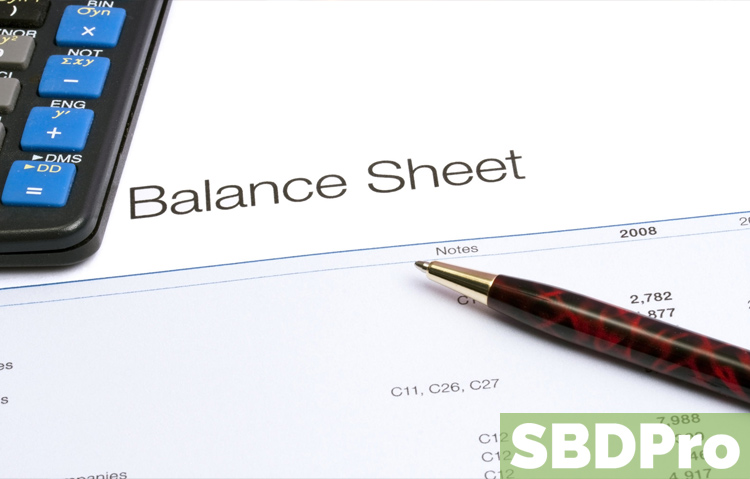You’ve gone through the creative process of coming up with your own business idea that you’re passionate about. You’ve taken the risk of stepping out and making the business a reality. Now there’s just one little problem—how do you go about paying yourself as a business owner? Everything from the amount you should make to the administrative mechanisms for delivering it is up in the air.
The first decision you have to make is how much you’ll get paid. Most entrepreneurs accept the fact that the first year of the business is a time when the purse strings have to snap shut and you skimp a little more. But don’t pay yourself too little.
Paying yourself drastically less than your work is worth sets up 2 problems. First, if you’re under constant financial stress, you won’t make good long-term business decisions. Second, you’ll eventually want to hire employees (or more employees) to take some of these tasks off your plate. If you pay yourself less than what you’ll have to pay someone else, you build in a certain amount of payroll instability.
Your business needs stability and if you have or are looking for shareholders, they’ll require it. So you don’t want to have a sudden jump in payroll costs the first time you have to hire a new person. You know what the market will pay for your work. You know what a reasonable salary is for someone in your geographic area. Use that knowledge—sure, you’ll probably pay yourself on the lower end of the scale, but at least be sure you’re within the scale.
The next question you have to answer is whether you’ll pay yourself by a salary or an owner’s draw. There are tax differences between the 2 methods. With an owner’s draw, you pull periodic lump-sum payments about the business. They are not taxed at the time, but you need to report it as income at the end of the year. Think of it like a 1099 payment to a freelancer—no taxes when the check is cut, but the IRS eventually comes calling.
A salary functions exactly the way it did when you were working for someone else. You set your amount and your payroll company distributes your check after making the appropriate tax deductions.
The business structure you pick will essentially decide whether you use a salary or draw. Sole proprietorships, LLCs and partnerships use a draw, while S & C Corps pay the boss with a salary.
Finally, how often are you going to get paid? Payments coming in on a regular basis are ideal. They look better to the IRS. They look better to any employees you may have, who might be suspicious if you’re suddenly pulling large sums. And they’re better for you personally.
Paying yourself as a business owner can be a hard thing when you’re working feverishly to increase revenue. Getting this decision right is the key to letting the rest of the business fall into place.

